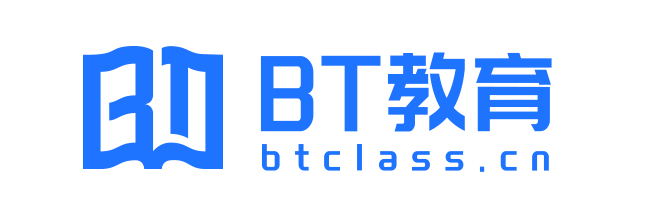SBL考点推送九(波特五力模型)
Porter’s Five Forces model
1. Bargaining power of buyers
- The quality and frequency of purchases made by the buyer
商品的质量越好,顾客购买的次数越频繁,顾客的议价能力越差,反之则越强
- The level of product differentiation
产品的差异性越强,顾客的议价能力越差
- The profitability of the buyer
顾客盈利行越差,对价格越敏感,议价能力越强
- The quality and delivery timing required by the buyer
顾客对质量的要求越低,以及对运输时间的要求比较宽松,顾客的议价能力越强;反之则越差。
2. The bargaining power of suppliers
- The number of suppliers
供应商的数量越多,供应商的议价能力越差;反之则越差。
- The number of substitutes;反之则越差。
替代品的数量越多,供应商的议价能力越差
- The uniqueness and importance of products supplied
商品的独特性或者是重要性越大,供应商的议价能力越强;反之则越差。
3. Threats from new entrants
- the strength of barriers to entry进入壁垒
- the likely response of existing competitors市场内现有竞争者的威胁
Entry barriers are:
- Cost disadvantage (not reach economies of scale); 如果不能实现规模经济,则进入壁垒很高
- Product differentiation, and (or) brand loyalty; 产品差异化很大,顾客品牌忠诚度很高,进入壁垒很大
- Initial capital requirements; 初始投资成本高,进入壁垒很大
- Access to distribution channels/favorable access to suppliers; 是否能够获得经销渠道或者供应商,如果不能,意味着进入壁垒大
- Know-how or skills ; 技术壁垒大,进入壁垒大
- Regulation;监管严格,进入壁垒大
4. Threats from substitutes
Substitutes will limit the ability of the firm to charge high prices.
5. Rivalry amongst competitors
- number and relative strength of competitors; 市场内竞争者的数量多,代表现有竞争很激烈
- growth rate of industry; 市场的增长很慢,代表市场已经进入成熟期或者是衰退期,没有过多的市场份额可以抢夺,市场内竞争激励
- product differentiation; 产品之间差异化程度小,竞争激励
- exit cost;退出成本很高,企业就不会轻易退出,竞争激烈
阅读列表
-
SBL考点推送二十七(IT system risk)
2020/11/14 · 0人已阅
-
SBL考点推送二十六(CRM)
2020/11/14 · 0人已阅
-
SBL考点推送二十五(E-marketing如何帮助公司吸引和留住顾客)
2020/11/14 · 0人已阅
-
SBL考点推送二十四(Benefits of a customer database system(CDMS))
2020/11/14 · 1人已阅
-
SBL考点推送二十三(Benefits and costs in big data analytics)
2020/11/14 · 0人已阅
-
SBL考点推送二十二(The benefits and opportunities presented by big data)
2020/11/14 · 0人已阅
-
SBL考点推送二十一(颠覆性科技带来的challenges)
2020/11/14 · 0人已阅



